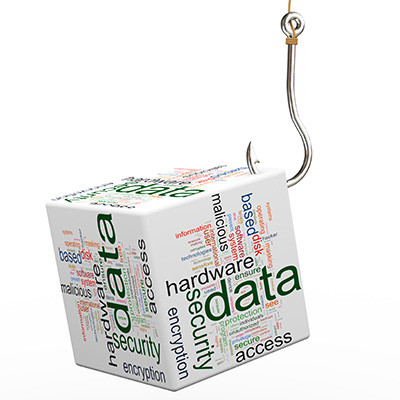Email is necessary for your business to function, but it’s far from a perfect solution. In fact, you might experience all kinds of issues with it that can eat into your company’s productivity and put it at risk in more ways than one. We’re going to demystify two of the major problems that businesses experience with email so you can hopefully get your business back on track.
Washington Works Blog
I was talking to some colleagues the other day about cybersecurity and its relationship with modern everyday scams, like phone scams and similar things. In my opinion, it’s worth bundling these two topics together, and we found some interesting statistics that we’d like to share.
Phishing has become one of the great problems for technology users in the 21st century. The ironic part of the whole thing is that it has taken a good old-fashioned social engineering scam to make today’s robust information systems less secure. Phishing is the predominant way that hackers and scammers gain access to the systems they target. Today, we’re going to spell out what to train your employees on to help them identify phishing attacks.
Despite the name being mildly amusing, phishing attacks are no laughing matter. These scams, in all their different forms, wreak havoc on businesses—ranking as the top breach threat in the 2020 edition of Verizon’s annual Data Breach Investigations Report, and successfully impacting 65 percent of United States organizations in 2019 as reported by Proofpoint’s 2020 State of the Phish Report. Avoiding them requires you to be able to spot them, so let’s go over the different varieties of phishing that can be encountered.
Spam is a tricky subject to talk about, as it seems everyone has a different definition for it. Yet, most have come to the conclusion that spam is a bad thing. For today’s Tech Term, we want to delve deep into the different kinds of spam out there, as well as theorize where the term even came from.
Mobile? Grab this Article!
Tag Cloud





